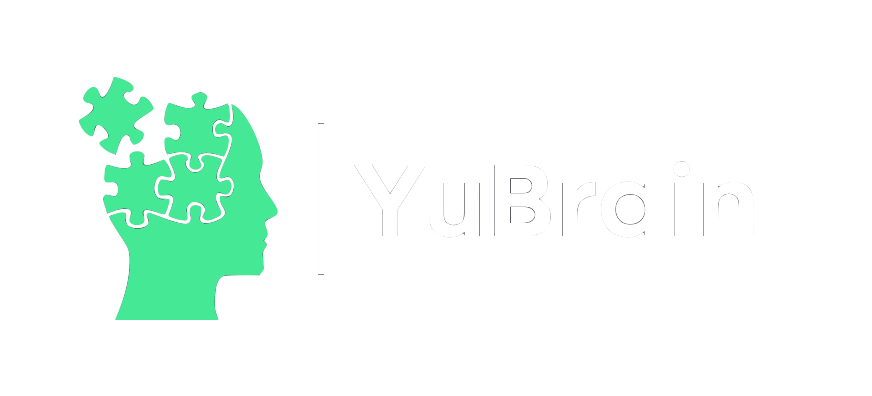Tabla de Contenidos
Transition words and phrases help the reader understand the relationship between your ideas and make it easier to move from one to another. Precisely because they improve the transition between one sentence and another, they are called “transitional”. In addition to functioning as connectors, transition words serve as guides and demarcations in the text.
In linguistics, a transition word is defined as a discourse connector. It is also the unit that unites the parts of a text and gives logical meaning to the sentences that follow.
Transition words are used in order to:
- Maintain cohesion between sentences.
- Allow the development of ideas in a clear and fluid way.
- Begin sentences by referring to previous information.
- Facilitate the introduction of a sentence with new information.
One of the most important current uses of transition words is in the writing of articles optimized for search engines or SEO for its acronym in English, Search Engine Optimization . Connectors are essential in this case, since search engine algorithms are designed to give priority to articles that contain them.
Classification of transition words
Based on their function and characteristics, transition words can be classified as follows:
- Enumeration or sequence . These types of words help to mark an order in sentences or ideas: first , finally , after , at the beginning , subsequently , later , immediately , previously , while , during , from .
- addition . These types of words add information to the previous sentence: on the contrary , however , rather , but , in reality , however , even so , the inverse of , unless , with all this .
- cause . In this case, the transition words indicate the cause or reasons behind previous ideas: because , therefore , since , due to , for this reason , for that reason .
Compare and Contrast . With these words ideas are compared or differences are marked: equally , likewise , meanwhile , although , despite , instead , in the same way , in this way , as well as , in a similar way ,similar to , in another way , in the same way , in the same way .
possibility . With these transition phrases doubt or possibility is indicated: probably , it is possible , it may , almost , it seems that , it seems that , it may be that . - emphasis . These words help to emphasize an idea: above all , certainly , is more .
- Conclusion . These words allow closing an idea or concluding the topic that was explained: as a result , therefore , as a consequence of , therefore , ultimately , evidently , in fact , obviously .
- Connectors : They are transition words that join sentences: and , except , or , not , yet , for , like this , even , in addition , also .
Examples of sentences with transition words
To better understand the use and functions of transition words, let’s look at the following sentence examples:
- First , he did the summary. Later , she listed the strongest points of the investigation.
- It is essential to take precautions to avoid contagion even within the home and in places with little traffic.
- Although there are still no indications to confirm it, it is possible that it is an effect of contamination.
- The teacher is explaining today’s topic. Meanwhile, the students listen carefully.
- Ultimately , the study yielded promising data.
- The economy has worsened since last year’s crisis. It will probably improve in the coming months.
- More pandas were born in captivity earlier this year . However , the species is still in danger of extinction.
- Some toys have been discontinued because they contain lead.
Bibliography
- Quintanilla, A. Introduction to the linguistic varieties of Spanish . (2021). Spain. Peter Lang Inc., International Academic Publishers.
- Ridruejo, E. Manual of Spanish linguistics. (2019). Spain. DeGruyter.
- Giammatteo, M.; Gubitosi, P. Spanish on the web. (2018). Spain. verbert.



